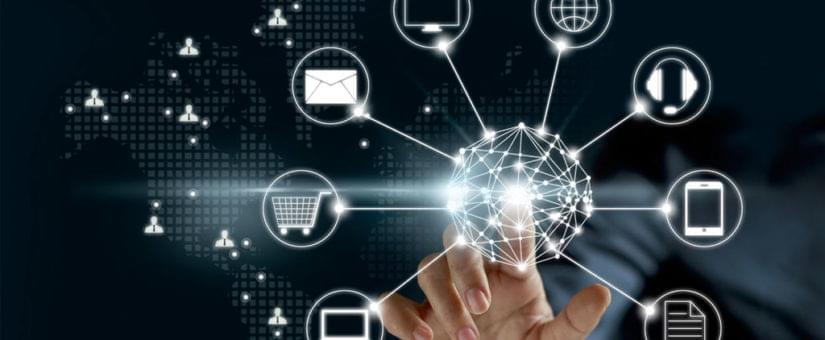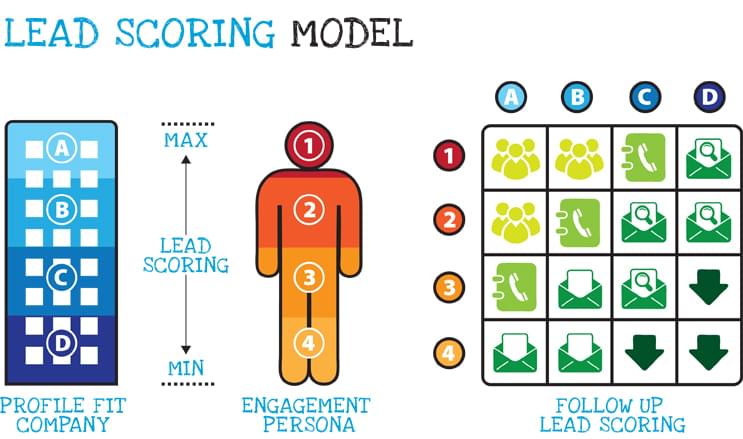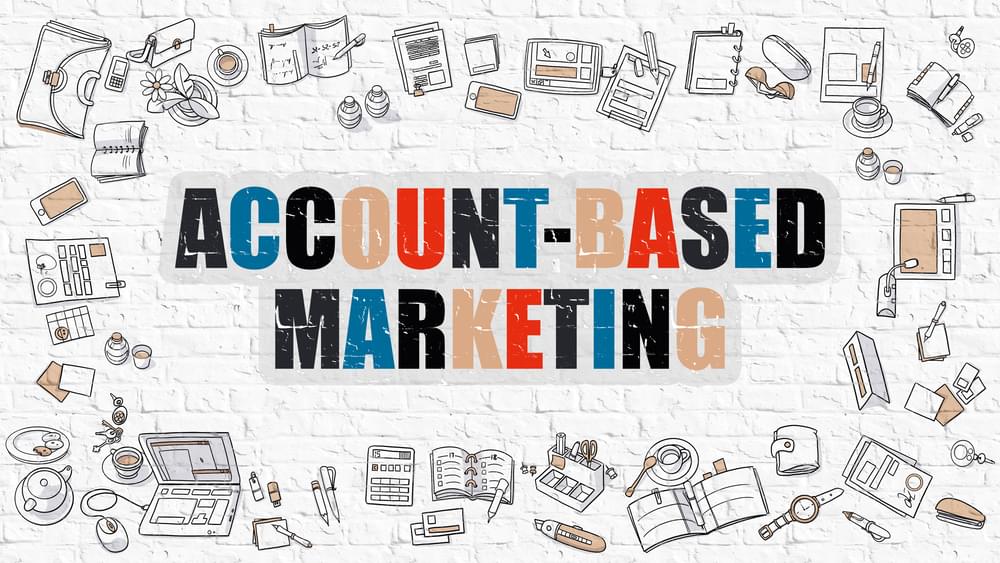Omnichannel has already been crowned as multichannel's successor in all aspects of business, which range from operations to supply chain management to distribution strategy. The overarching goal has been to create real time oversight over everything from customer touchpoints to individual SKUs across multiple channels at every stage of the customer journey, product lifecycle, and so forth.
Omnichannel has also been called the next stage of evolution for multichannel. This description is apt because, like evolutionary successors, omnichannel coexists with multichannel. In a competition for resources (customers), the former outperforms the latter by setting a higher standard for customer expectations and adopting a better position to meet them.
Does this mean multichannel cannot still succeed? No. Does it mean that omnichannel will gradually replace multichannel as a communications, operations, and inventory and order management strategy? Most likely.
In this article, we’ll discuss this relatively new strategic approach toward one aspect of operations -- omnichannel marketing. What exactly is the difference between multichannel and omnichannel marketing? What are the goals of omnichannel marketing? In other words, what does a successful strategy look like? How do I build omnichannel marketing capability in my own business? Let’s begin.
Multichannel Marketing vs. Omnichannel Marketing
Brief, inevitable Latin lesson: "multi" means "many" and "omni" means "all." Despite this, omnichannel marketing doesn’t necessarily have more ‘channels’ than multichannel marketing (although this is usually the case). Omnichannel marketing differs principally in its focus, but a brand presence on popular channels is essential to its implementation.
So what is a ‘channel’? Any direct or indirect form of communication with a potential customer -- including print media (including advertisements), phone calls, email, websites, social media, and messenger apps -- is a channel. Omnichannel won’t literally include all channels; you won’t see ham radio in marketing software anytime soon. Of course, we’re referring to modern channels within the use of the majority of customers or desired demographics. No telegraphs, obviously.
Let’s compare their focus.
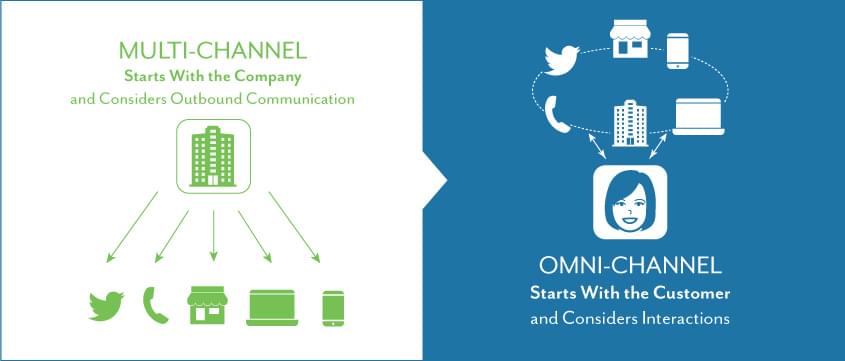
Multichannel marketing is characterized by a blend of distribution and promotional channels intended to enable customers to purchase on the channels they prefer. Available channels vary according to the company’s capabilities and what’s popular with consumers -- it could include a physical storefront, a website, social media, or (going back a few years), a mail order catalogue.
Multichannel marketing strategies tend to have a few characteristics, which may not be apparent from the customer’s side (unless something goes wrong). These will include:
•Channels operate mostly in isolation. Email campaigns and mail order brochures largely won’t interact. This may not seem surprising, but then again, so too might retail purchase information fail to make it into a customer service call. Multichannel marketing campaigns can sometimes inform each other -- for example, keywords optimized for website visitors might influence print media campaigns -- but largely operate independently. Customers can be the subject of multiple concurrent marketing campaigns.
•Customer information is stored in silos. Multichannel marketing strategies traditionally relied on offline and online data stored in separate databases, sometimes comporting to the channel. This contributes to the previous point: customer data obtained through a sales call might be three or four steps removed from a service call, depending on the size and age of a company and their software. It’s also common for discrete channels to have channel-specific campaigns, reporting structure, revenue goals, and so on.
•Users have hierarchical access to data. In large organizations, departments can become territorial over their influence on a process, or create bottlenecks due to a lack of qualified individuals to address certain needs. It’s not uncommon for digital marketers to bypass a logjam in IT simply because they can get most of the data they need from web analytics.
These characteristics are not endemic to multichannel marketing, per se, but simply coexisted when multichannel marketing was becoming the norm. Multichannel strategies that accounted for technological or corporate deficiencies and failed to account to changing technology or culture are adapted to problems that may no longer exist.
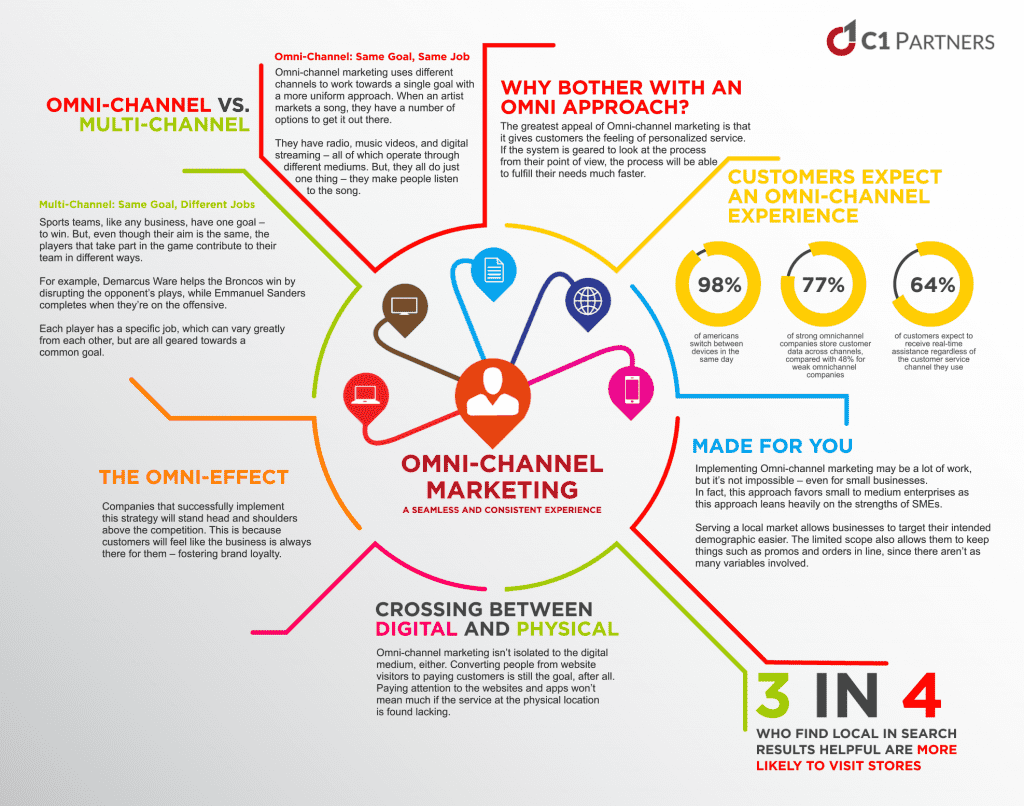
Omnichannel marketing -- like omnichannel ‘anything’ -- aims to remove the inconvenience customers face when interacting with operationally distinct communication channels. The intended result is a positive, convenient, seamless customer experience throughout all stages of the customer lifecycle and across a multitude of platforms.
Omnichannel marketing can often be identified by these characteristics:
•Centralized data and decentralized use. In order to provide a consistent customer experience, omnichannel marketing requires data stored in a central database with accessibility for a range of related business software with your CRM as the focal point, connecting to your ecommerce tools, mobile app, inventory management/retail app, supply management software, and so on. Essentially, the same customer data needs to be accessed and updated from all channels customers use and the logistical software for operations and order fulfillment.
•Tracking of minute customer touchpoints. Customer interactions are closely tracked for a number of purposes. First, specific actions are used as triggers for email marketing or marketing automation sequences. Second, customers’ purchase histories and preferences are recorded for tailored promotions. Finally, while omnichannel marketing addresses one aspect of the customer lifecycle, the data acquired through tracking customer touchpoints contributes to the overall customer relationship, sales process optimization, and customer service performance. It also informs broader strategies relating to brand messaging and accurately reporting on campaign performance and marketing ROI.
•A personalized, automated customer experience. It would be cost prohibitive to personalize customer engagement outside a few small group of customers. However, the breadth of data tracking described above lets companies build 360-degree customer profiles with demographic criteria, firmographic criteria, and personal preferences, which allows for highly-targeted marketing automation sequences that qualify, nurture and score leads without human input.
What does an omnichannel customer experience look like from the customer’s perspective? A customer might browse your ecommerce site using your mobile app, save an item to their cart, return later on their laptop to purchase it, and arrange for in-store pickup near their home. The result is a frictionless experience switching between channels to make a purchase. Along the way, a company might encourage a purchasing decision with timely reminders via email, SMS marketing, messenger app, or any other channel available.
Why Omnichannel over Multichannel?
The answer to this question is two-fold. Omnichannel marketing is considered the next stage of evolution over multichannel marketing because it formed in response to changing conditions -- namely increased technological capabilities and changing consumer expectations.
Functionally, omnichannel marketing looks like a very well-integrated multichannel strategy, and their campaigns are designed in much the same way. The key is in acquiring consumer buy-in -- providing access to their personal data, which can be used in commercial pursuits. And of course, plenty of customer data is available from public sources like social media profiles. The difference is that omnichannel campaigns use contextual data to personalize a customer’s experience for both B2C shopping and B2B account-based marketing, while multichannel campaigns operate much the same with or without that context.
The trend for companies to individualize customer engagement came from fairly modern technological and economic developments. In the past 10 years, smartphones found their way into nearly everyone’s hands. Consumers gained the ability to compare, review, rate and shop on the fly; the economy tanked; consumer spending dropped; companies faced urgent necessity to distinguish themselves from competitors; and social media gave individuals the potential to tarnish entire brands. Even as the economy recovered, the new standard was set, and positive customer engagement became the differentiator for companies whose products are identified by a half-dollar price difference in a mobile app on a smartphone screen.
The technology was heading there anyway, but desperation accelerated the process and here we are today.
Omnichannel Marketing in the Customer Journey
Guiding the customer experience generally means targeting the prospect with personalized messaging tailored to their stage in the customer journey. While different sales processes will envision the customer journey differently -- it largely overlaps with the sales funnel after all -- we’ve broken it down into five sections for s.

This stage pertains to prospects who haven’t expressed interest in any particular products or even in making a purchase. This includes website visitors, mobile app downloads, window shoppers, and so on.
There is relatively little personalized engagement you can do at this stage. It’s more effective to create a generally welcoming brand experience, both online and offline. There are many approaches you can take:
•Inbound Marketing -- You can generate website traffic by promoting content tailored to your target audience’s personal or professional interests, depending on your product and target customer. Ideally, content should be universal in tone, but specific in topic. It should also deal with specific pain points your product seeks to resolve.
•Retargeting -- Websites that track visitor activities through cookies can present ads and content based on which pages they visited previously. This doesn’t rely on contact details, merely internet browser cookies. This lets individual visitors have as personalized of an experience as possible.
•Store Layout & Design -- For businesses with a brick-and-mortar presence, a welcoming store environment goes a long way toward promoting positive experiences. Grouping products together based on frequent pairings, making alterations to the lighting, ambient noise, signage, employee dress code and resting can make the difference between your store as a place of leisure versus one of last resort.
Fostering ConsiderationAt this stage, customers have registered an account, submitted their email address, provided their phone number or some other essential point of contact data. They may have clicked on a search engine or social media ad. This allows your marketing campaign to really take root. A few more options, broadly speaking, open up for you here.
•Email Marketing -- Email campaigns can begin with general promotions aimed at new members. Email tracking allows you to monitor open rates, how long the email was opened, how often it was opened, which links were clicked, which pages visited, etc. Depending on how specific your campaign is, you can use this data as criteria for subsequent sequences and optimize your email layout and content through split testing. Specific emails or links can lead to landing pages customized to that product with dynamic content linking to related products or interest pieces.
•Mobile Marketing -- When customers provide their cell numbers, you can send them promotions via SMS or encourage them to download your mobile app, which might offer mobile-specific deals or send push notifications for upcoming sales events. This is also an effective medium for sending highly targeted, short-term promotions based on products they’ve looked at recently.
•Social Media Marketing -- Brand accounts don’t interact with individual customers, nor should sales associates attempt to sell directly over social media. You can target social media ads to customers who’ve searched for your company or products before. You can also announce upcoming sales events or discount codes on your social account. High-profile sales events and effective social customer engagement increase followers on Twitter, Instagram, Facebook, and other major networks.
Considering a PurchaseAfter generating and nurturing leads, your potential customers may be lingering over a product or service, but aren’t ready to pull the trigger. There are a few tools at your disposal that might help you help them to decide.
•Abandoned Cart Reminders -- Closing a sale can sometimes be as simple as reminding the shopper of their abandoned cart. Of course, the cart is on the ecommerce site, but the reminders can come via email, SMS, or even in-person if an in-store sales associate is able to access this data. Carts abandoned for a certain length of time can be incentivized with one-off discounts, which you can optimize for minimal loss of revenue and also reduced churn.
•Scheduling a Demo -- For B2B sales, particularly SaaS, qualified leads can be contacted by a sales associate or customer success rep to schedule a one-on-one demo customized to the lead’s use case. There can be some back-and-forth ahead of time to feel out the lead’s pain points and tailor the demo accordingly.
•In-Store Assistance -- Sales associates equipped with mobile devices loaded with a retail app can account for a customer’s purchase history, abandoned ecommerce cart, or known preferences to sell particular items or recommend alternatives. In-store shoppers appreciate human assistance that adds value rather than pushes a sale. If a particular item is out of stock, the rep can order it for the customer and arrange for home delivery (if the service is available).
Cross-Selling and UpsellingThe lead made their decision and they’re making the purchase. Good for them and good for you! But there is more value you can add in your omnichannel marketing strategy. Here are a few ideas.
•Remind them of a free shipping threshold. If the customer is below the dollar threshold for free shipping, you can remind them and recommend certain low-cost products that are either frequently paired with their purchase or based on their shopping history. This is particularly effective if the price of shipping happens to coincide with the value of the cross- or upsold product.
•Offer a one-time discount on a complementary item. If a frequently paired item isn’t included in their shopping cart, consider offering a discounted rate at checkout. Emphasize the one-time nature of the discount if they purchase now or within the next ten minutes. The additional encouragement may be enough to sell an item that enhances their experience with the initial product.
Building AdvocacyWhile both multichannel and omnichannel marketing strategies are goal oriented, omnichannel places more emphasis on the overall customer relationship, which includes the post-purchase experience. Your customer’s opinion is a valuable asset you can cultivate and include in future marketing endeavors. Here are a few ways how:
•Obtain a customer satisfaction or product review. After a customer makes a purchase, ply them with a request to review their experience. (You can ask them this even without the purchase, for example on the quality of your website.) Aggregate your customer satisfaction survey to identify areas where you can tighten up the sales process. Ask for a product review a few days after they receive the item. This can inform future efforts to improve the product or your inventory.
•Offer a discount on future purchases. Once the purchase is complete, encourage repeat business with select promotions on future purchases or related items. These can pertain to select channels if you want, but for maximum success allow omnichannel usage -- include a QR code in emails that customers can show in-store or discount codes for the ecommerce store. Another idea is to offer free shipping on their next purchase regardless of the spending level. You can get creative.
•Offer a notification when the product next goes on sale. Depending on the item -- particularly for perishable or recurring purchases -- notification of a sale may prompt repeat business. Again, these notifications can span multiple channels, depending on which get the most engagement from a particular customer.
The goal of omnichannel marketing is not to create an oppressive presence -- quite the opposite. The idea is to create the impression that your brand and your service is always available when needed. This may not always be possible, but there are enough options for automation so that interested customers should never feel deterred or sidelined -- even outside of working hours -- only prioritized for a later date.
Tying It All Together
Omnichannel marketing comes at the intersection of big data and small data. Big data -- or unstructured data sets so large that they’d only make sense to algorithms -- allow marketers to use statistical trends to direct broad features of campaigns. These include which keywords are trending, defining the ideal customer profile, personalizing digital content for relevancy, and optimizing digital assets for moving customers down the sales funnel. Meanwhile, small data pertains to individual customer needs, shopping habits and channel preferences. Providing an effective cross-channel personalized customer experience and managing individual customer journeys at scale depends on collecting, storing, managing, and implementing both kinds of data. Integrating big data with knowledge management is essential for harnessing the insights from big data, organizing them effectively, and making informed decisions that can optimize marketing strategies and enhance customer experiences.
Numerous enterprise software solutions are available for omnichannel customer engagement, with smaller niche options that cater to specific industries, use cases, or specific functionalities available to SMBs. Still, more third-party solutions have the potential to leverage emerging technology to extend the capabilities of omnichannel productivity tools.
There’ll be opportunities to explore, review, compare, and recommend each of these solutions in depth, but those will be outside this beginner’s guide.
Need a customer relationship management solution? Check out our comparison guides for customer engagement, marketing automation, sales automation and helpdesk ticketing.
